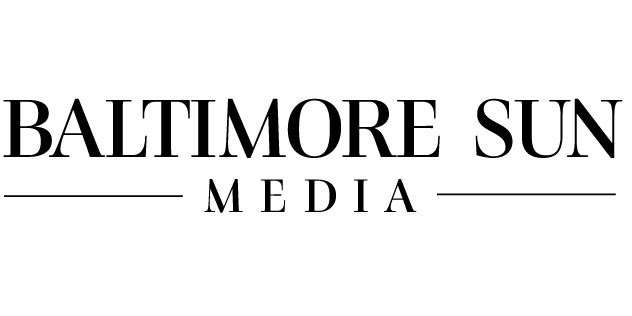No doubt you have read many articles and news pieces proclaiming the different maladies besetting the marketing and advertising industry following the onset of the COVID-19 pandemic. 2020 has, of course, been an outlier in many respects, and when a presidential election cycle is added to pandemic conditions, some seismic shifts in media spending are seen everywhere. However, our position as a regional media outlet with a national reach had shown us that hidden among the doom and gloom have been some positive occurrences — some that can perhaps help build a sustainable future while getting us through this difficult time. One particular outcome we have noticed has been a visible shift in brands’ media budget allocation away from national media to local media.
With extreme price hikes and the drowning-out effect of political campaigning, which we’ve written about elsewhere in the Spark, one of the most notable outcomes has been a shift away from TV and Out Of Home toward digital and streaming formats. When you combine this effect with the aforementioned growth in local media buys, those media owners with a broad digital playbook find themselves well positioned in the market.
Much of the shift from national to regional buying is being driven by national and direct-to-consumer advertisers who are aiming directly for local communities. Why is this? Regional publications are often able to offer inventory at significantly lower costs than their national counterparts. Nothing new there. The agent of change this year has been the broad and continued uncertainty brought about by the pandemic. With social distancing in place people increasingly desire connection. Local news and media owners have longstanding bonds and a greater degree of trust between their newsrooms and their readers — something that national publishers struggle to gain. Brands and products are granted a window into this connectivity by placing their spend with local media. Additionally, local media owners have been able to offer an opening into communities that are in different stages of social distancing measures — or in some cases out of them altogether — which allows great agility for the buyer.
The shift to digital comes from a surge in media consumption by people who have been stuck at home during the coronavirus pandemic, thus accelerating the shift toward social media, streaming and OTT/CTV platforms. Advertisers are now prioritizing those digital media platforms, not least in their regional and local spending. A recent study by Advertiser Perceptions suggests that with expected year-on-year budget declines of 12% in Q3 and 7.5% in Q4, advertisers will shift their priorities among the 36% of their budgets that go to regional and local media. Digital media outlets will be most important with 75% of marketers using paid social and display for local advertising ahead of paid search (70%), digital video (64%), digital audio (46%) and over-the-top (OTT)/connected TV (CTV) 44%. Less than half (46%) of marketers will use linear TV for local ads.
Here at The Baltimore Sun, we take our position as a trusted news and information source for our local communities incredibly seriously. This is a trust built up over 180 years no less. We have also complemented our array of print advertising options with an all-encompassing and comprehensive digital playbook. As movements toward local media and digital media intersect, we feel we are perfectly placed to help all our customers, be they local or national. Make sure you get in touch and let us know how we can help you make a connection.

